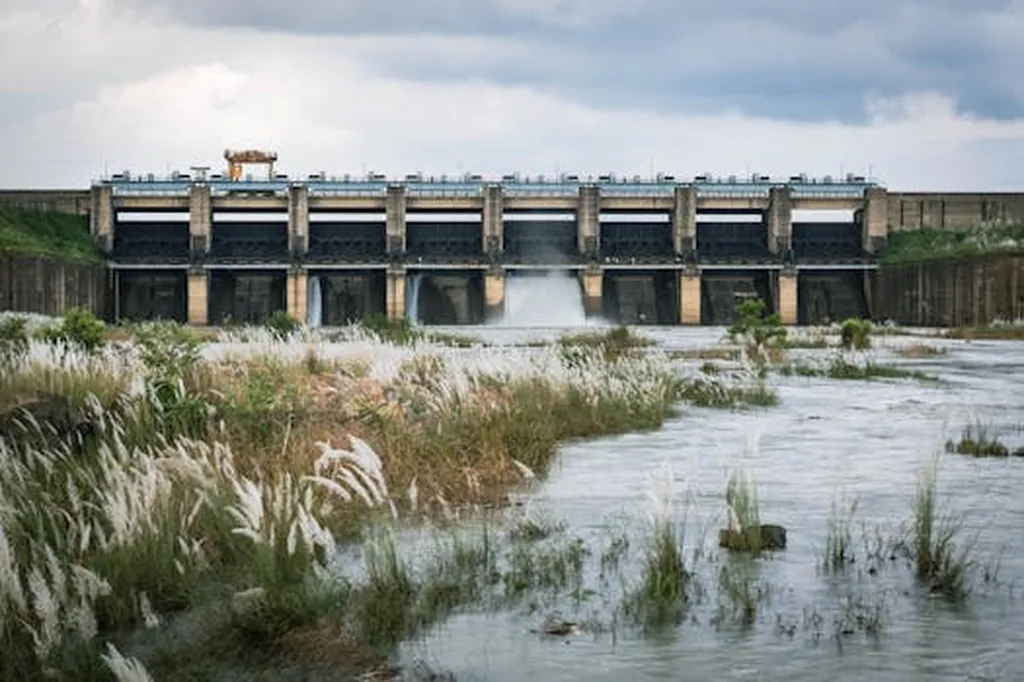In the heart of China’s agricultural landscape, a groundbreaking model is poised to revolutionize how farmers manage water—a resource as precious as the crops it nourishes. Developed by Xufeng Zhang and colleagues at the State Key Laboratory of Water Cycle and Water Security, the reinforcement learning-based intelligent irrigation decision-making model is not just another tool; it’s a leap towards precision agriculture that could redefine water management in irrigation districts.
The model, detailed in a study published in *Agronomy*, is designed to optimize irrigation decisions for districts using traditional surface flood irrigation methods. By simulating the water cycle processes within the Soil–Crop–Atmosphere Continuum (SPAC) system, the model learns and adapts through interactive learning between an agent and its environment. This approach allows it to make intelligent, data-driven decisions that could significantly enhance water use efficiency and crop yields.
“Our model effectively captures the coupling relationship between crop water requirements during critical periods and the temporal distribution of precipitation,” explains Zhang. This capability is crucial for regions where water scarcity and erratic rainfall patterns pose significant challenges to agriculture. The model’s adaptive decisions, such as peak-shifting preemptive irrigation in spring and limited irrigation under low-temperature conditions, demonstrate its potential to tailor irrigation strategies to the unique needs of different crops and weather conditions.
The implications for the agriculture sector are profound. Traditional irrigation methods often rely on fixed schedules or manual assessments, which can lead to overwatering, underwatering, or inefficient use of resources. The intelligent irrigation decision-making model offers a more precise and responsive alternative. By reducing water waste and optimizing crop growth, it could lead to higher yields, lower production costs, and a smaller environmental footprint.
During a 10-year validation period from 2014 to 2023, the model triggered 22 irrigation events with an average annual irrigation volume of 251 mm. This data-driven approach not only validates the model’s scientific rigor but also highlights its operational adaptability. The model’s ability to delay irrigation during the rainy season and provide timely irrigation during crop planting periods underscores its potential to support sustainable agriculture practices.
As the world grapples with the impacts of climate change and water scarcity, innovative solutions like this model are more critical than ever. “This model provides both a scientific water management tool for irrigation districts and a new technical pathway for the intelligent development of irrigation decision-making systems,” Zhang notes. By integrating reinforcement learning with agricultural practices, the model paves the way for smarter, more efficient farming techniques that could benefit farmers and consumers alike.
The research, led by Xufeng Zhang at the State Key Laboratory of Water Cycle and Water Security, China Institute of Water Resources and Hydropower Research, represents a significant step forward in the field of digital agriculture. As the agriculture sector continues to evolve, the adoption of such intelligent models could shape the future of farming, making it more resilient, sustainable, and productive.

